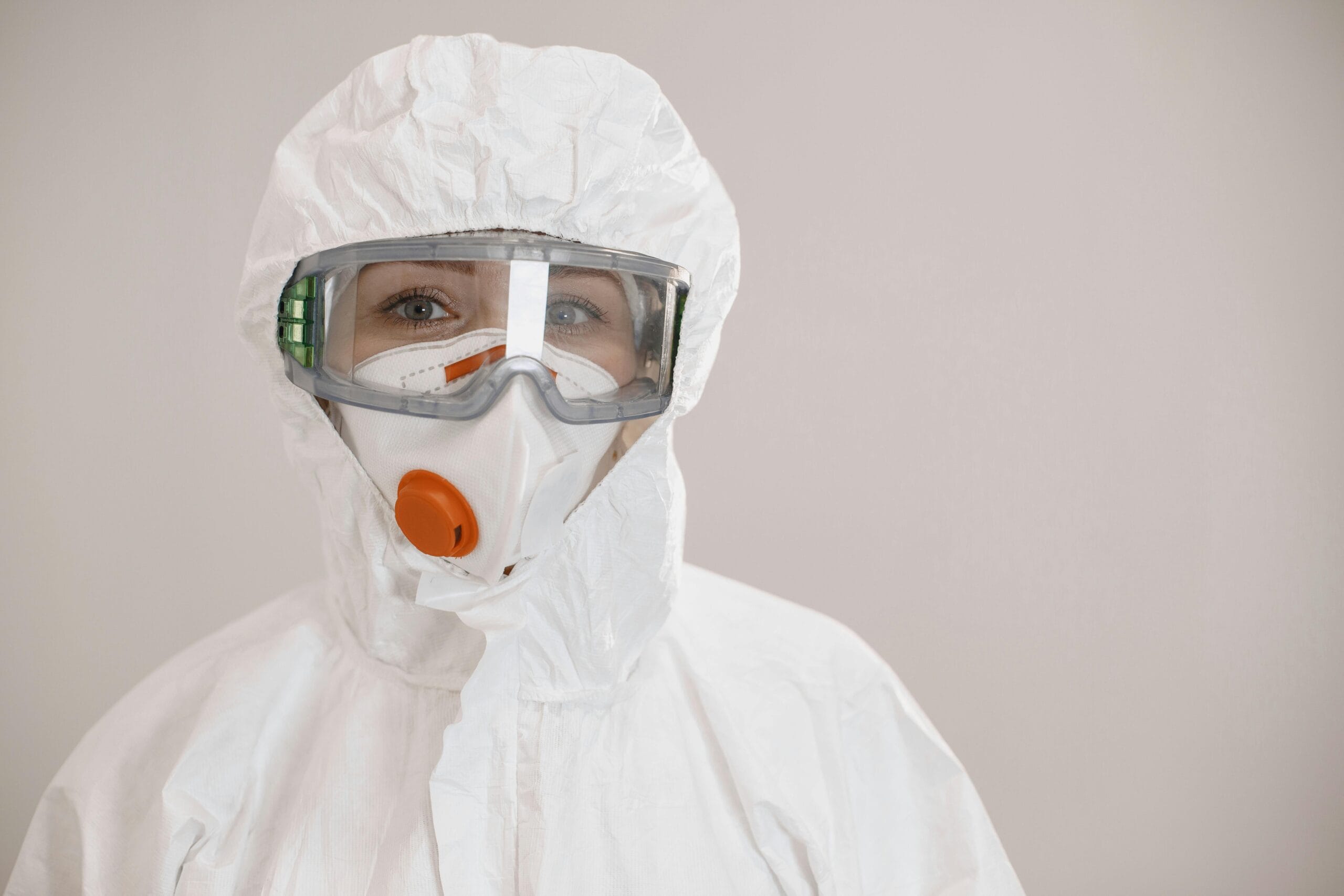
Selecting the Right Disposable PPE Based on Work Environment
Cleanroom, Laboratory, Industrial, and Medical Use Cases Compared
Disposable PPE isn’t just about protection—it’s also about the right match for your workplace.
A suit that’s perfect for a cleanroom could fail miserably in a paint shop. One that works in a hospital might violate GMP in a pharma plant.
Let’s break down how to choose the right disposable suit based on where it’s being used—with examples, certifications, and insider tips.
Not all workplaces demand the same kind of protection. In selecting disposable PPE, environment matters as much as exposure risk. From cleanrooms to chemical zones, here’s how to avoid costly mistakes and meet compliance.
🧼 Cleanroom Environments
Typical risks: particle contamination, static discharge, microbiological control
Common industries: semiconductor, aerospace, pharmaceutical API production, food packaging lines
Recommended suit features:
- Lint-free fabric (e.g., Tyvek® IsoClean, clean-processed SMS)
- Antistatic treatment (EN 1149) to reduce static charge buildup
- Low-permeability seams and stitched-with-bound tape
- ISO 14644 compatibility for Class 5–8 cleanrooms
Must avoid:
- Loose fiber SMS
- Reused suits from outside zones
- Non-antistatic garments that risk ESD (electrostatic discharge)
Procurement Tip:
Don’t rely on “disposable coverall” listings—ask your supplier for “clean-processed + clean-packed” documentation, especially if you work with aseptic zones or Grade C pharma facilities.
🧪 Example:
A precision electronics company in Korea switched from generic SMS suits to Tyvek IsoClean IC 183B WH. Result: reduced particle detection by 47% in monthly testing and passed all cleanroom validations.
🧪 Laboratory and R&D Settings
Typical risks: chemical splashes, staining agents, biological fluids, static sensitivity
Common environments: research universities, biotech startups, pharma pilot plants, animal facilities
Recommended PPE:
- Type 6 microporous or SMS suits with EN 14126 for infectious agents
- Anti-static coating (EN 1149)
- Thumb loops or elastic wrists for glove integration
- Hoods if there’s risk of splash or animal exposure
Common Question from Clients:
“Can I use one suit across both wet and dry chemistry zones?”
Answer: Not safely. Wet labs (solvent/acid use) require splash-rated (Type 6) suits; dry particle control needs Type 5 or anti-static specs.
🧫 Special Tip for BioLabs:
If working with genetically modified organisms or animal models, prioritize full-body coverage + sealed seams—even for short durations.
⚙️ Industrial and Construction Sites
Typical risks: dust exposure, paint overspray, adhesive mist, general chemical handling
Common sectors: automotive paint booths, composite manufacturing, general warehouse work
Recommended gear:
- Type 5 for dust hazards
- Type 6 for light splash exposure
- Hooded design with zip flaps and elastic cuffs/ankles
- Microporous laminate if working with resins or adhesives
Add-On Advice:
- For outdoor work in summer, go for SMS suits with breathable back panels
- For night shifts or roadside work, consider high-visibility disposable coveralls (e.g., Tyvek 500 HV)
Case in Point:
A Vietnam-based aluminum smelting firm was using cotton coveralls for cleanup. After a dust inhalation accident, they shifted to Type 5 microporous suits with hood and taped seams—complaints went down, and so did absenteeism.
🏥 Healthcare and Medical Environments
Typical risks: contact with blood, secretions, respiratory droplets, patient-to-staff contamination
Typical settings: hospitals, clinics, quarantine centers, mobile labs
Required certifications:
- EN 14126 for resistance to biologically contaminated fluids
- ISO 16603/16604 for synthetic blood penetration
- Fluid-impermeable laminated SMS or microporous films
- Taped seams and integrated boots for high-risk zones (ICUs, ERs)
Misconception Alert:
Many clients mistakenly buy “Type 5/6” suits thinking they protect against viruses. In fact, only EN 14126-rated PPE can legally be used for infectious agent exposure under WHO guidelines.
🏥 Scenario:
During a tuberculosis outbreak, a municipal clinic in East Africa upgraded from SMS isolation gowns to Type 4B suits with taped seams. No secondary infections among staff after protocol change.
🔄 Comparison Table: Work Environments vs. PPE Specs
| Environment | Key Hazards | Suggested PPE Features |
|---|---|---|
| Cleanroom | Particles, ESD | Tyvek® IsoClean, EN 1149, ISO 14644 |
| Lab | Chemicals, stains | Microporous Type 6, EN 14126, anti-static, hooded |
| Industrial | Dust, paint mist | Type 5/6, SMS or MP, zip flap, elastic cuffs |
| Medical | Infectious fluids | EN 14126, ISO 16603, laminated PE, sealed seams |
🔍 Buyer Checklist by Workplace Type
✅ For Cleanrooms:
- Is the suit clean-processed or just “clean looking”?
- Does it meet our ISO Class?
- Can we request batch testing certificates from the supplier?
✅ For Labs:
- Do our solvents degrade the suit material?
- Are workers wearing it for over 2 hours? If yes, choose ventilated or ergonomic options
- Can it be disposed safely under biosafety protocols?
✅ For Industrial Sites:
- Is overspray or dust a daily issue?
- Can the suit be donned quickly over normal workwear?
- Will the hood interfere with helmets or safety glasses?
✅ For Healthcare Facilities:
- Does the supplier provide EN 14126 + ISO 16604 test data?
- Is it compatible with face shields and N95 masks?
- Are boot covers built-in or separate?
📦 Extra Buyer Tip:
Ask about MOQ for small trials—many brands allow 10–20 suit trial boxes to test in real use before committing to 500+ bulk orders.
Conclusion
There’s no “universal” disposable suit.
Your work environment defines your risk, and your risk defines your gear.
Make it easy on your team: choose PPE that’s task-matched, certified, breathable, and compliant.
Need help mapping PPE options to your factory, clinic, or facility?
Let’s build the right spec—together.
📩 Email: [email protected]
🌐 Website: www.workwearsolutions.net
Zion Zhang
Recent Posts
 Building a Tiered Disposable PPE Strategy to Reduce Cost and Risk2025年7月18日Building a Tiered Disposable PPE Strategy to Reduce Cost […]
Building a Tiered Disposable PPE Strategy to Reduce Cost and Risk2025年7月18日Building a Tiered Disposable PPE Strategy to Reduce Cost […]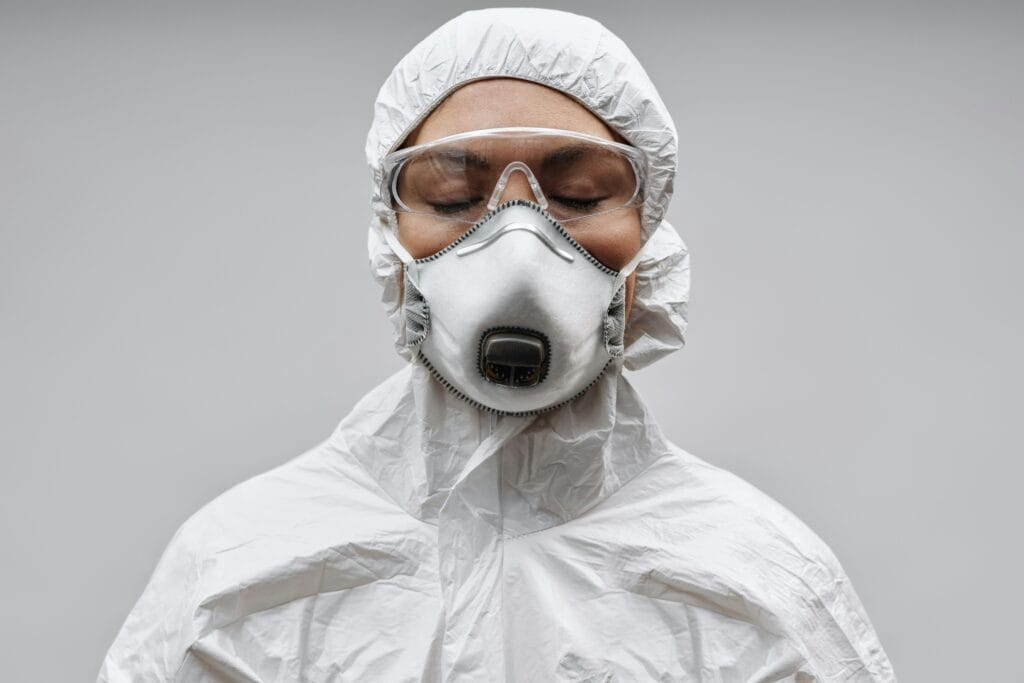 Common Misconceptions About Disposable PPE: What Buyers Get Wrong2025年7月18日Common Misconceptions About Disposable PPE: What Buyers Get […]
Common Misconceptions About Disposable PPE: What Buyers Get Wrong2025年7月18日Common Misconceptions About Disposable PPE: What Buyers Get […]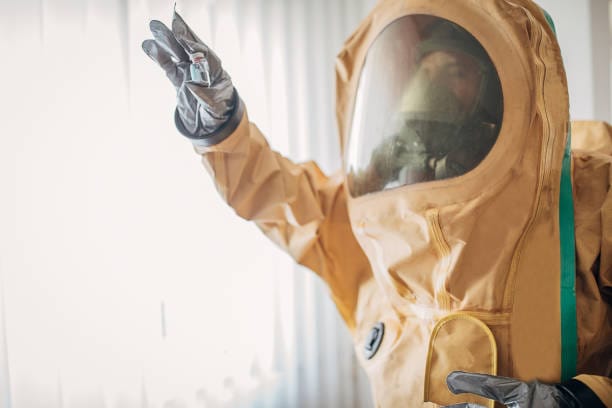 EN Standards That Matter for Disposable PPE: EN 13034, EN 14126, EN 1149, and More2025年7月18日EN Standards That Matter for Disposable PPE: EN 13034, EN […]
EN Standards That Matter for Disposable PPE: EN 13034, EN 14126, EN 1149, and More2025年7月18日EN Standards That Matter for Disposable PPE: EN 13034, EN […]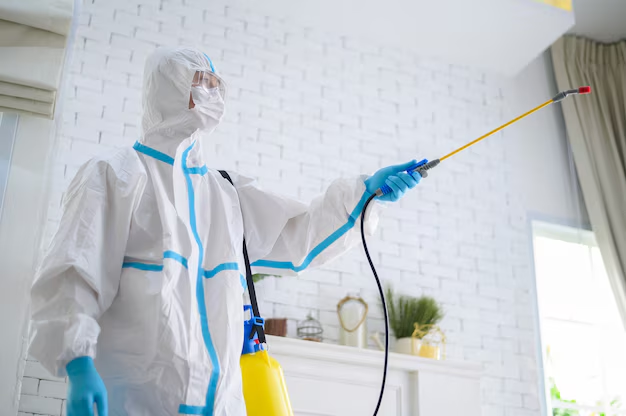 Understanding Type 1–6 Coverall Ratings: What They Really Mean2025年7月18日Understanding Type 1–6 Coverall Ratings: What They Really […]
Understanding Type 1–6 Coverall Ratings: What They Really Mean2025年7月18日Understanding Type 1–6 Coverall Ratings: What They Really […]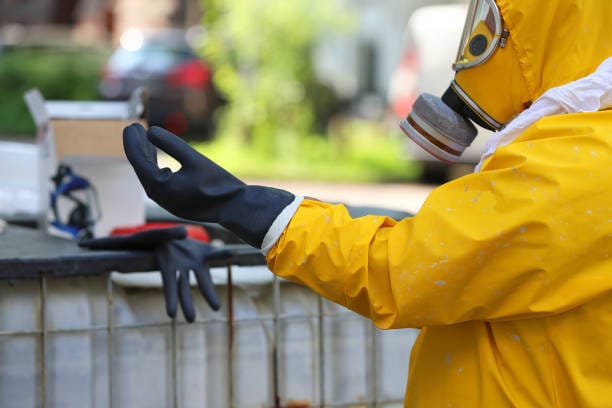 How to Choose the Right Disposable Suit for Your Industry2025年7月18日How to Choose the Right Disposable Suit for Your Industry A […]
How to Choose the Right Disposable Suit for Your Industry2025年7月18日How to Choose the Right Disposable Suit for Your Industry A […]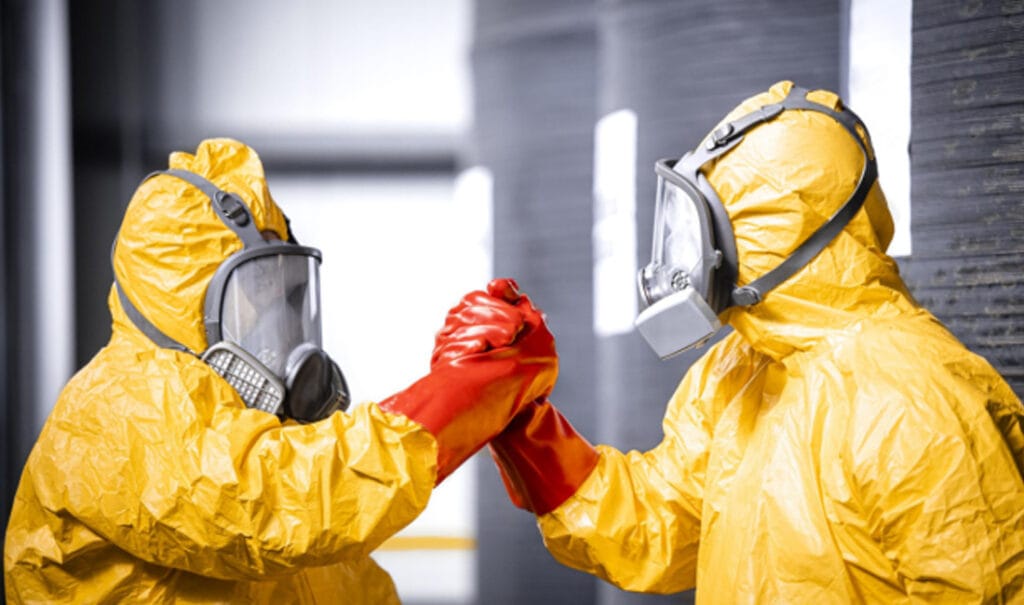 Comparing Disposable Coverall Brands: DuPont™, Lakeland®, 3M®, Uvex® and More2025年7月18日Comparing Disposable Coverall Brands: DuPont™, Lakeland®, […]
Comparing Disposable Coverall Brands: DuPont™, Lakeland®, 3M®, Uvex® and More2025年7月18日Comparing Disposable Coverall Brands: DuPont™, Lakeland®, […]
CONTACT US
- Feel free to contact us any time. We will get back to you as soon as we can!
- +86-17330061805
